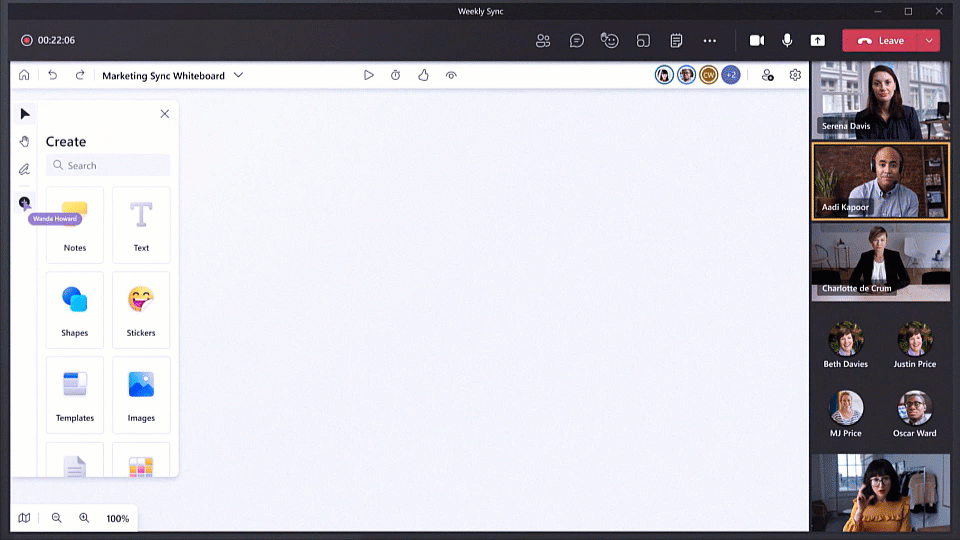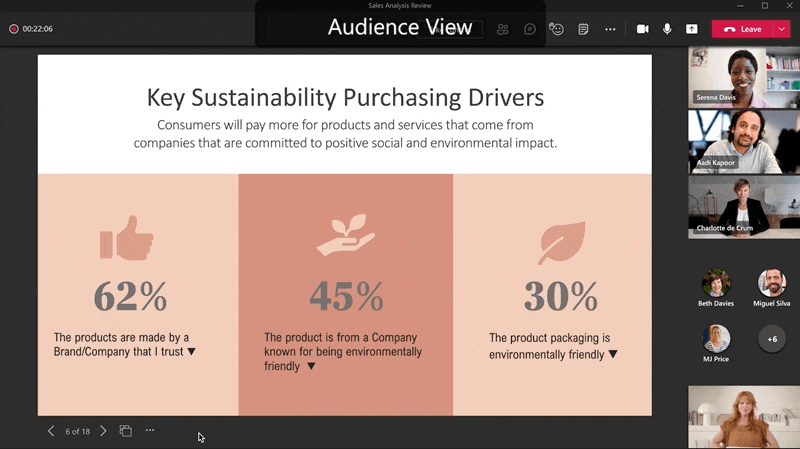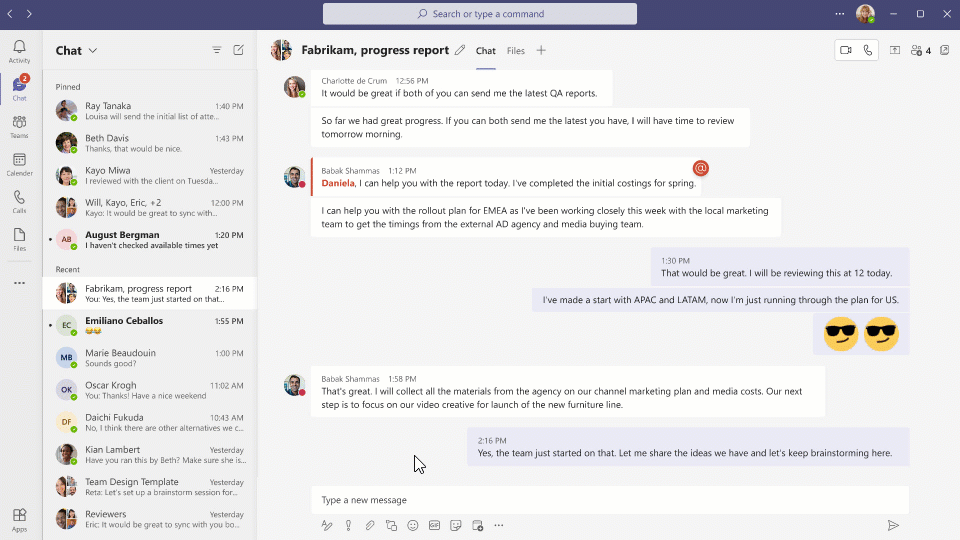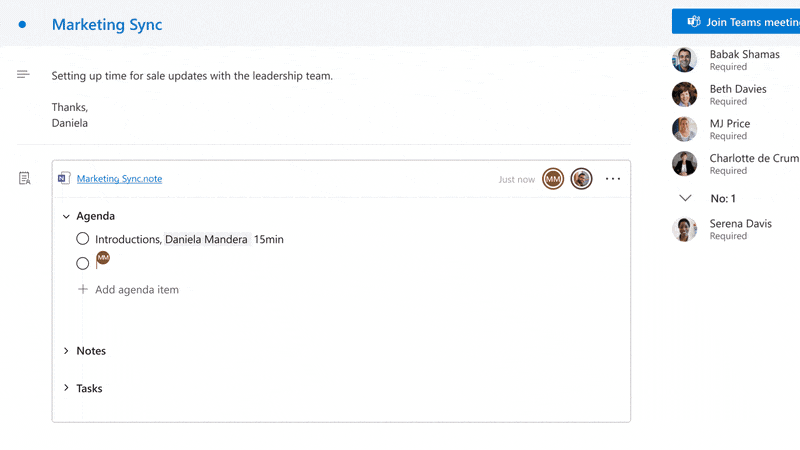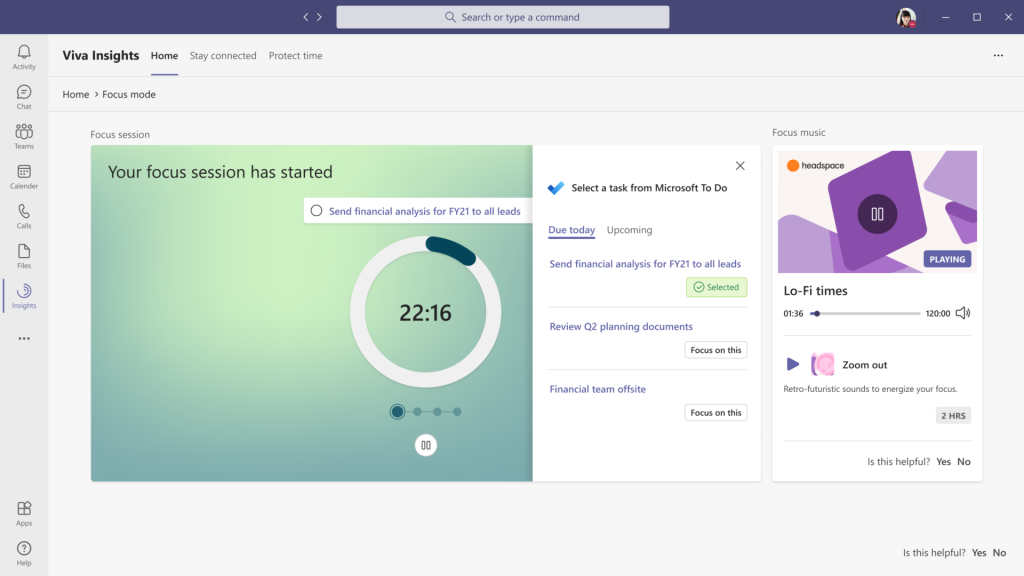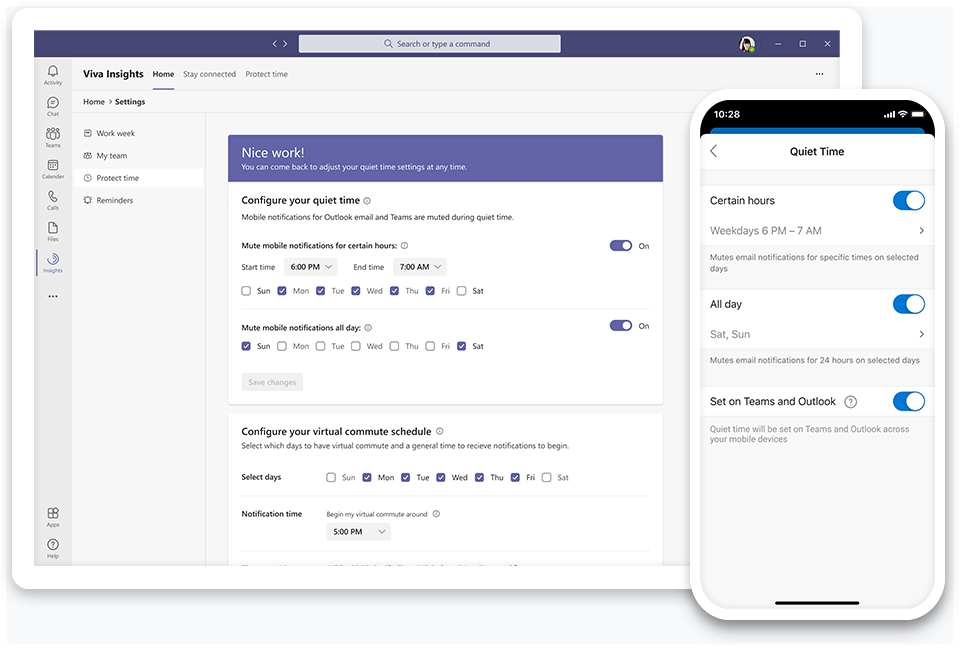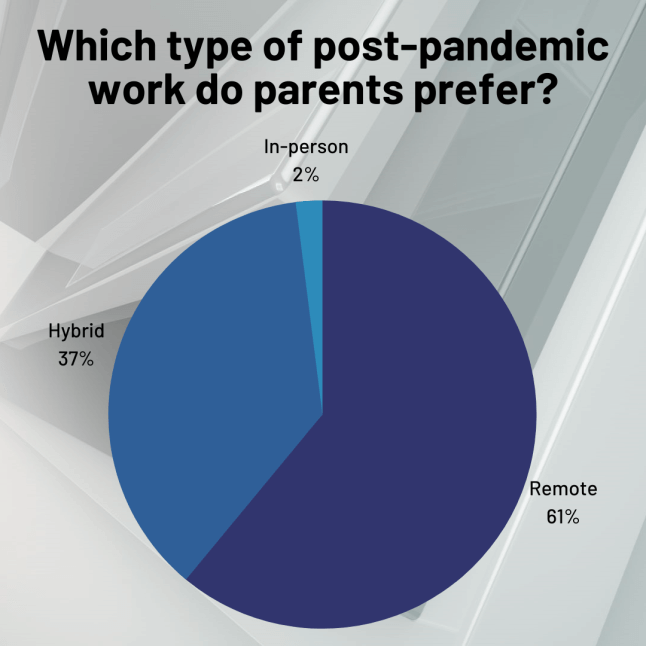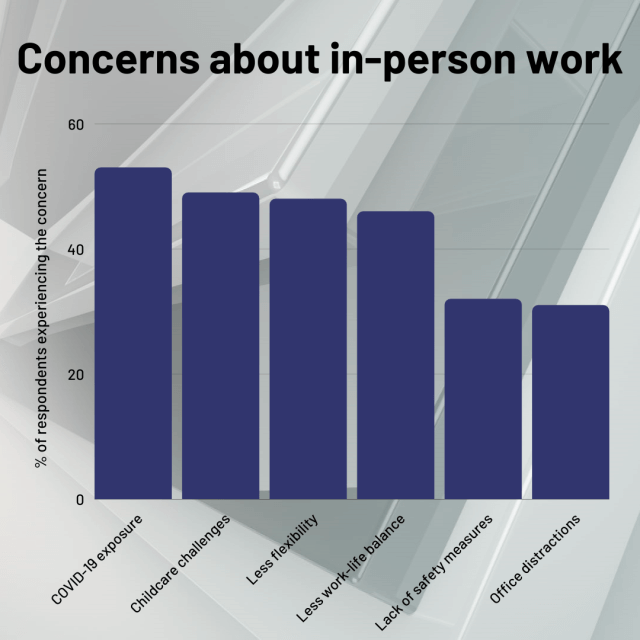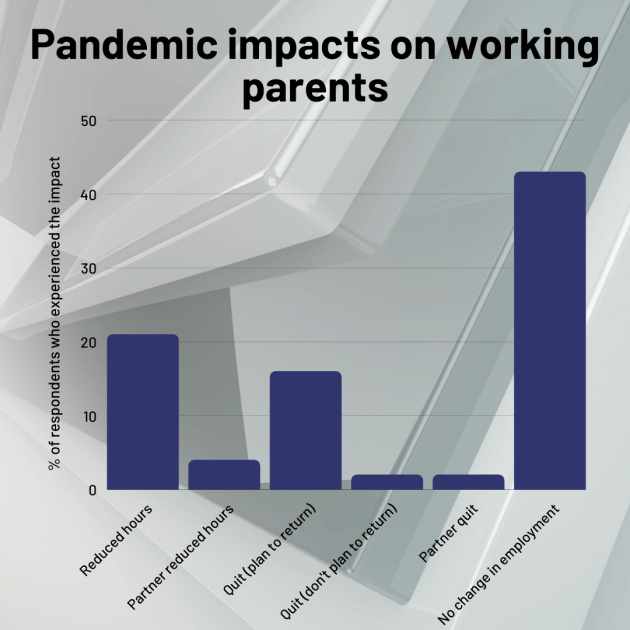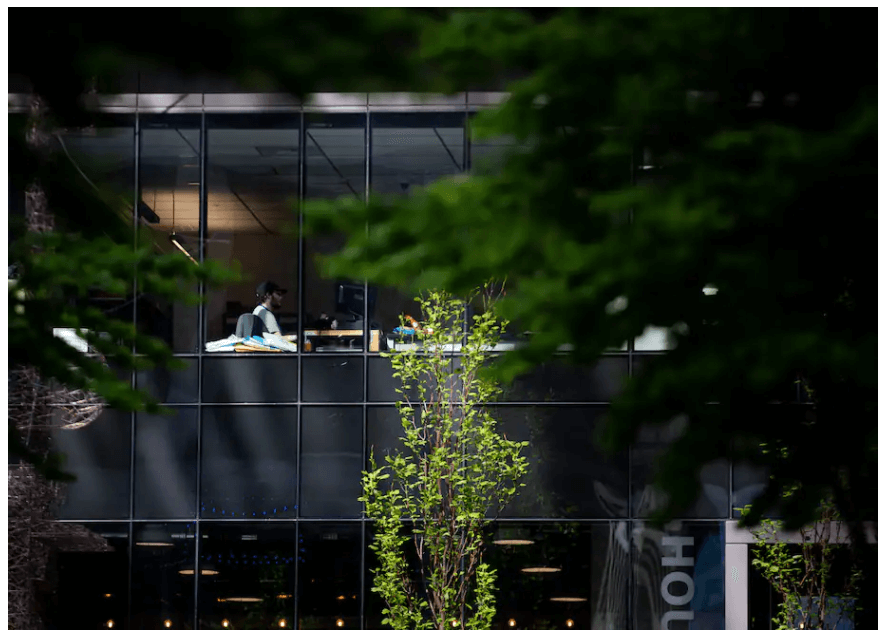Co-Founder of One WiFi. Author of the new book Remote Work Technology: Keeping Your Small Business Thriving From Anywhere
For my new book, Remote Work Technology: Keeping Your Small Business Thriving From Anywhere, I interviewed business leaders across the U.S. who had to take their entire companies remote during the shutdowns.
Many already had some people who worked from home, but most had not taken the whole organization remote. The shift revealed quite a bit about how work was being done as well as who some of the top performers were. It also revealed a number of the inequities of the traditional way of working in the office. Leaders discovered that some of the employees they thought were high performers were people who rode on the work of others when they were in the office environment.
The shift caused many leaders to re-evaluate how they were measuring performance. In the end, it turns out that the sudden shift to remote work was a blessing in disguise for many organizations.
Below are some additional insights based on what I learned during my interviews, as well as my advice on succeeding in the continuing remote work journey.
Changes In Management Methods
Although remote work has a long history, a Gallup poll in early March 2020 showed that only 31% of workers had ever worked remotely. That means that when Covid-19 was declared a pandemic on March 11, 2020, management of large teams of remote workers wasn’t commonplace. A massive spike in remote work occurred soon after. By the end of the month, more than 60% of those polled reported working remotely.
It’s one thing to manage an occasional work-from-home employee, but suddenly switching operations to be fully remote took serious management adaptation. Part of the challenge was changing how they gauged productivity and the performance of remote team members.
Collaborating over distances had to be worked out. Staying engaged with teams was a must. This forced both policies and management styles to step up and change to meet the demand of the day.
Digital Footprints
As many managers switched to goal-based and results-based methods of gauging productivity, it became clear that being in an in-person collaborative environment allowed many underperformers to fly under the radar. As their teams completed projects, they reaped the rewards of work largely done by others while contributing little of their own.
Once working from home became commonplace, remote work technologies forced company leaders to see work being done from a different point of view. The applications being used left a trail to follow. The digital footprints highlighted who the work came from and when. This allowed managers to better see who uploaded new documents and who added changes to those documents. With Slack channels and chat rooms, it became easy to see who was actively engaged with their peers, who was contributing new ideas and who was stepping up to take on additional tasks.
Rising Stars And Hidden Gems
At the same time, many leaders found that those who before had seemed less engaged with the company because they were more introverted became much more outspoken in video meetings. During their work-from-home periods, it appears that many introverts didn’t feel as intimidated by energetic extroverts, who in the traditional office environment tended to drown them out.
Many introverts felt more comfortable speaking up and became more verbally engaged. They felt less pressure to be “on” and charismatic when surrounded by a group of people. For introverts, feeling forced to interact and socialize can be draining. The extra personal space allowed by remote work allowed introverts to better maintain their energy levels and feel more comfortable adding to conversations.
Deeper Work
The added personal space also had positive effects on productivity. It not only allowed remote workers to increase the amount of time they had for creative thinking, but it also created opportunities for them to do deeper work.
Deep work periods are when employees can do more focused work, free from the distractions of peers and others around them. It allows them to harness more of their mental resources and use them to do higher-quality work on whatever task they’re concentrating on.
The Virtual Workplace Is A Continuing Journey
When the shutdowns happened, there were some bumps in the road, but companies figured things out and found ways not only to only survive but also to thrive while they were working remotely. Employers found new ways to stay engaged with their teams, keep up productivity and enhance the employee experience.
The work-from-home journey is far from over, though. Remote work is something that’s ever-evolving. As we move to hybrid work models, it’s vital that companies are willing to lean into the flexibility that they will need to cultivate success. Adjusting policies, work hours and management styles to meet the changing needs of hybrid and fully remote employees will ensure that company goals are also met.
Maintaining high levels of authentic engagement with remote workers is key to the success of your teams. Offering regular feedback followed by recognition and appreciation helps team members feel valued and helps them understand that they’re vital parts of the company. Team leaders must be proactive in their engagement. You can’t wait for feedback to come to you. Instead, you must actively solicit feedback from your teams and then act on that feedback.
As I learned during my interviews, effective company leaders call on their soft leadership skills to guide their management of the virtual workplace. Actively listening with empathy, being willing to learn more about the goals of individuals on your teams and emphasizing interpersonal skills are huge motivators for remote workers.
With a distributed workforce, the goals of the company and the goals of the employees must be aligned. Leadership that focuses on valuing people and being empathetic to their needs will ensure that the whole company thrives both now and in the long term.








